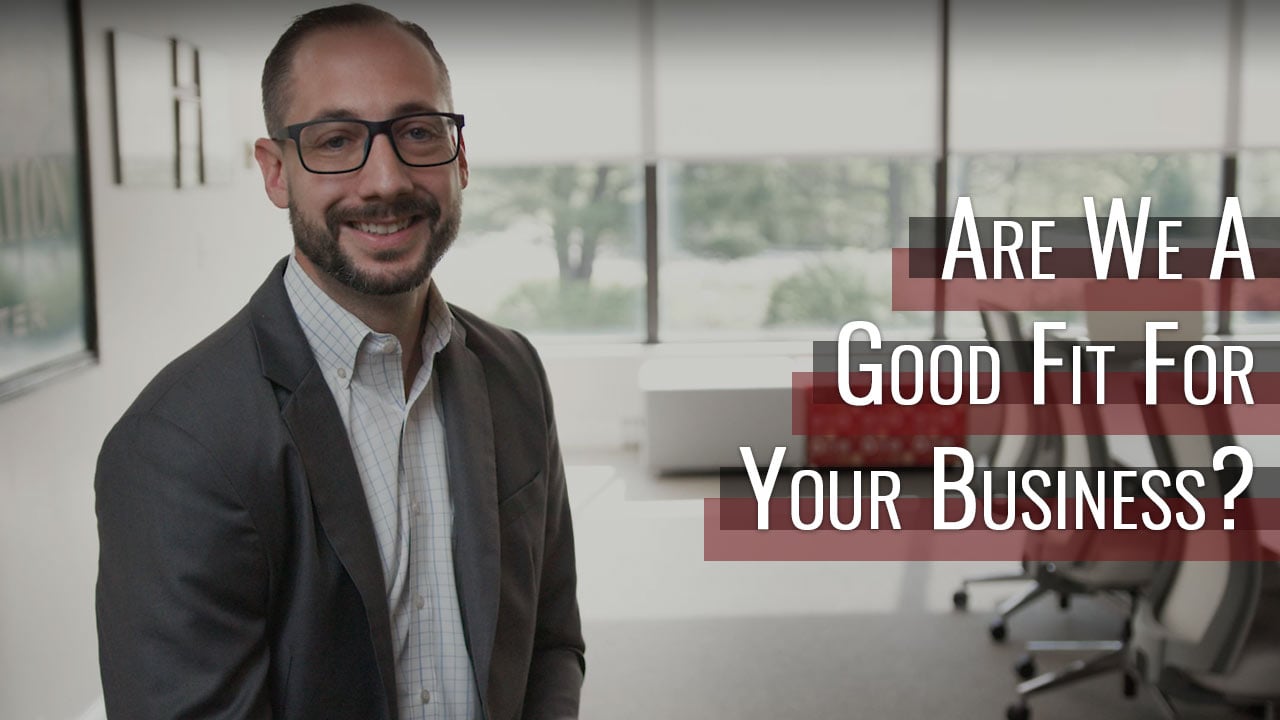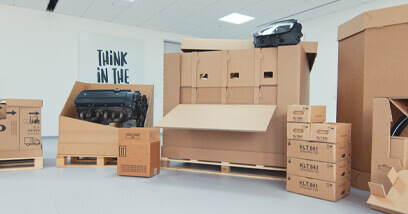Eco-Friendly Practices: Driving Change with Bulk Container Recycling
Wiki Article
Discover the Significance of Industrial Packaging Recycling: Expert Insights
In today's commercial landscape, packaging plays a vital role in securing and preserving items throughout transport. Nevertheless, the ecological influence of industrial product packaging can not be ignored. It is imperative to comprehend the importance of recycling industrial packaging to minimize the adverse repercussions on our world. In this discussion, we will certainly look into the professional understandings on this subject, discovering the benefits of recycling industrial packaging, expert tips for reliable recycling, the challenges involved, and the future potential customers and technologies in this area. By recognizing the significance of commercial product packaging recycling, we can add to a more lasting and green future.Ecological Influence of Industrial Product Packaging

Another environmental influence of commercial packaging is the exhaustion of all-natural sources. The manufacturing of product packaging products needs significant amounts of energy, water, and resources. This removal and intake of sources add to deforestation, water shortage, and the destruction of ecosystems. Furthermore, the manufacturing process of packaging products often entails using poisonous chemicals that can pollute water, air, and soil, presenting a hazard to human health and the atmosphere.
To minimize these ecological effects, it is essential to focus on lasting product packaging services. This consists of embracing products that are quickly recyclable, lowering packaging waste through efficient design, and promoting the use of sustainable resources. Recycling programs should be applied to ensure that commercial product packaging products are drawn away from land fills and provided a second life. By addressing the environmental influence of commercial product packaging, we can move in the direction of an extra accountable and sustainable approach to product packaging and add to the conservation of our planet for future generations.
Advantages of Recycling Industrial Product Packaging
Reusing commercial product packaging offers numerous benefits, both for the atmosphere and for companies seeking to take on sustainable techniques. Among the key benefits of recycling is the reduction in waste sent to land fills. By reusing product packaging materials such as cardboard, plastics, and steels, business can reduce their ecological impact and preserve important sources.Recycling industrial packaging likewise aids to conserve energy. Additionally, reusing lowers greenhouse gas exhausts connected with the production of new packaging materials.
One more advantage of recycling industrial product packaging is the capacity for price financial savings. By applying reusing programs, services can lower waste disposal costs and possibly generate earnings by marketing recyclable materials. Reusing can likewise enhance a firm's public picture and bring in ecologically aware consumers who value lasting methods.
Moreover, reusing industrial packaging can add to a circular economic climate. By reusing products and incorporating them back right into the manufacturing process, businesses can produce a closed-loop system that lowers the need for virgin products and advertises source effectiveness.
Specialist Tips for Effective Industrial Product Packaging Recycling
To enhance the performance of commercial packaging recycling, expert expertise and methods are important. Industrial packaging is made to secure items during transport and storage, and recycling it can help in reducing waste and preserve sources. Here are some expert pointers for efficient industrial product packaging recycling:Design for recyclability: When picking product packaging materials, consider their recyclability. Avoid using blended products or complex packaging designs that are hard to different and recycle.
Implement a recycling program: Develop a detailed recycling program that consists of clear standards for arranging and disposing of product packaging materials. Inform employees concerning the importance of recycling and supply appropriate training on how to recycle effectively.
Companion with recycling centers: Collaborate with neighborhood recycling facilities to recognize their acceptance criteria and demands. Develop a partnership with a reliable recycling partner that can handle your commercial packaging waste plastic container manufacturer effectively.
Reduce product packaging waste: Check out ways to decrease product packaging waste by utilizing innovative design strategies, such as lightweight materials and right-sizing packaging. By reducing the amount of packaging utilized, you can reduce the environmental effect and make reusing much easier.
Track and gauge recycling initiatives: Display and measure your recycling efforts to analyze the efficiency of your program. Establish objectives and targets for raising recycling prices and continually improve your recycling strategies based on the data gathered.
Difficulties in Industrial Product Packaging Recycling
One of the major difficulties dealt with in industrial product packaging recycling is the absence of standardized reusing methods and framework. Unlike household recycling, where there are clear standards and systems in position, industrial packaging recycling commonly lacks a constant approach. bulk container recycling. This lack of standardization makes it challenging for businesses to browse the recycling procedure effectively and properlyIndustrial packaging is commonly made from a broad range of materials, such as plastics, metals, and composite products. Some industrial packaging materials, such as laminated plastics, are not conveniently recyclable, leading to increased waste and ecological influence.
On top of that, the sheer quantity of industrial product packaging waste can be overwhelming. Industries produce a substantial quantity of product packaging waste daily, and finding appropriate reusing centers to handle this quantity can be a difficult job. This can cause packaging materials being sent to garbage dump as opposed to being recycled.
Moreover, the absence of awareness and education and learning about commercial product packaging recycling is another obstacle. Many services are not completely conscious of the advantages of recycling their packaging materials or the available recycling choices. This absence of awareness causes a missed opportunity to lower waste and add to a much more lasting future.
To get rid of these challenges, it is essential for businesses to collaborate with reusing organizations, federal government firms, and market organizations to establish standardized recycling techniques and framework. This will certainly not only improve the reusing procedure yet additionally guarantee that more product packaging materials are drawn away from land fills and recycled correctly. Additionally, elevating recognition and giving education regarding industrial packaging recycling can aid businesses recognize the importance of recycling and make informed choices regarding their packaging options.
Future Leads and Innovations in Industrial Packaging Recycling
With the obstacles of standardized techniques and infrastructure in industrial product packaging recycling, the emphasis currently changes towards exploring cutting-edge solutions and future prospects to address these concerns. As the demand for sustainable product packaging continues to grow, the sector is experiencing innovations in technology and procedures that intend to boost recycling prices and decrease ecological effect.One promising future possibility is the growth of intelligent packaging products. These products are designed to have actually installed sensors that can give info concerning their make-up and condition. By using these sensors, recyclers can easily recognize and sort various types of packaging materials, making the recycling process much more reliable and affordable.
One more cutting-edge solution is making use of advanced recycling modern technologies. Typical recycling approaches usually face difficulties in effectively reusing complex product packaging products, such as multi-layered plastics. Advanced technologies, such as chemical recycling and pyrolysis, can break down these materials into their standard components, permitting a higher rate of recycling.

Verdict
By reusing industrial packaging, services can benefit from price savings, decreased waste, and improved brand name picture. The future leads of industrial packaging recycling are appealing, with developments in technology and advancements aimed at improving reusing performance and reducing waste.Recycling programs must be implemented to ensure that commercial packaging materials are diverted from land fills and given a 2nd life. By attending to the environmental impact of commercial product packaging, we can move towards a more accountable and sustainable strategy to product packaging and contribute to the conservation of our world for future generations.
Decrease product packaging waste: Discover ways to lessen packaging waste by utilizing innovative layout methods, such as lightweight products and right-sizing product packaging. Additionally, increasing awareness and supplying education regarding industrial packaging recycling can help companies comprehend the significance of reusing and make notified decisions about their packaging choices.
Standard recycling methods typically encounter obstacles in efficiently recycling complicated product packaging products, such as multi-layered plastics.
Report this wiki page